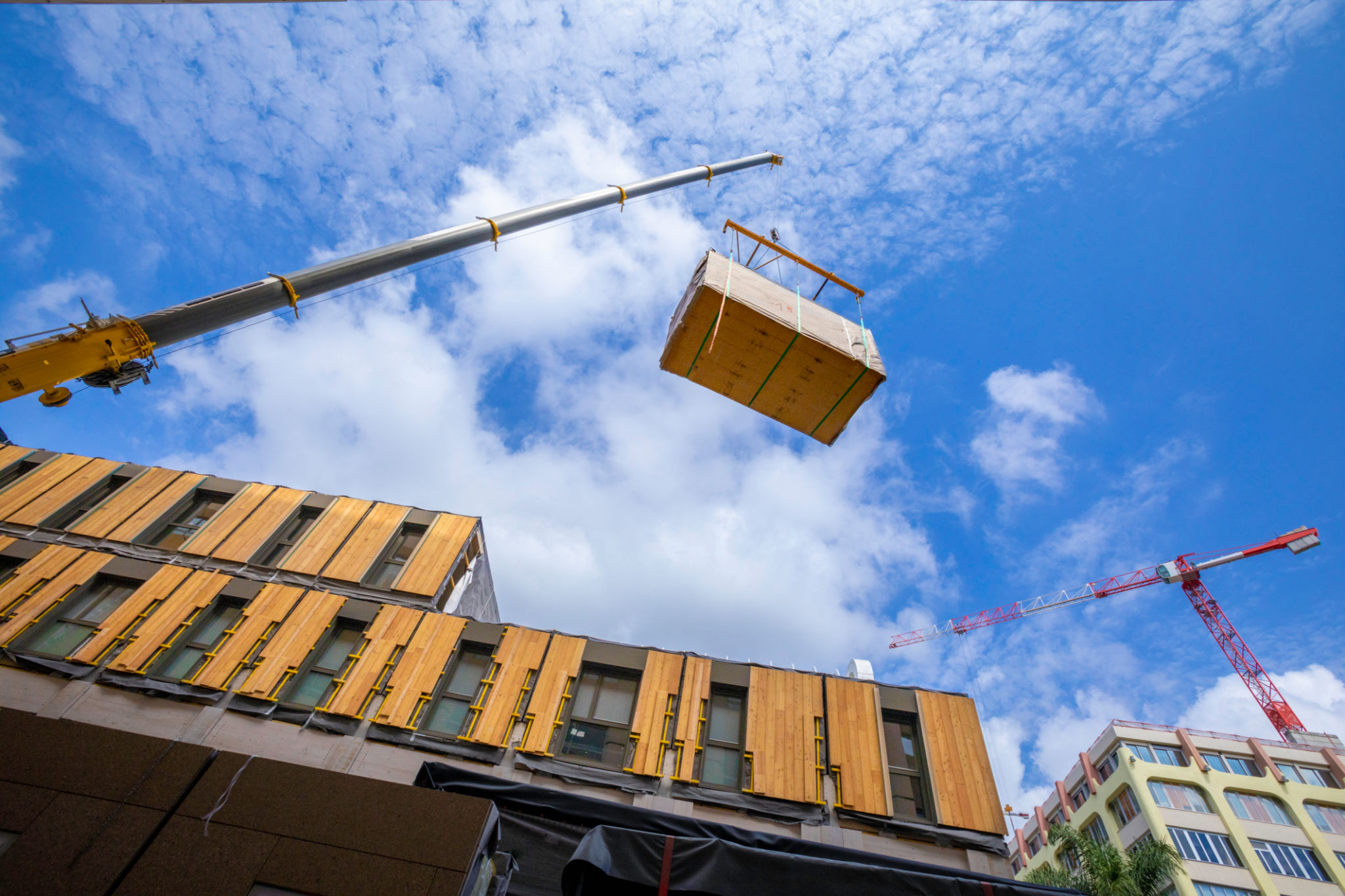Sustainable Construction Practices in the Bicol Region: A Case Study
BC
Introduction to Sustainable Construction
The Bicol Region in the Philippines is rapidly advancing in the field of sustainable construction. This approach not only addresses environmental concerns but also enhances economic and social well-being. By focusing on eco-friendly building materials and energy-efficient methods, the construction sector in Bicol is setting a benchmark for sustainable practices in Southeast Asia.
Adopting sustainable construction practices is crucial, especially in regions susceptible to natural disasters. The Bicol Region, known for its frequent typhoons, has embraced these practices to ensure durability and resilience in its infrastructure.

The Role of Local Materials
One of the key components of sustainable construction in Bicol is the use of local materials. This not only reduces the carbon footprint associated with transporting materials over long distances but also supports the local economy. Materials such as bamboo and abaca are gaining popularity due to their sustainability and availability.
Bamboo, in particular, is widely used due to its fast-growing nature and strength. Its versatility allows it to be used in various aspects of construction, from structural components to decorative elements. Utilizing such materials helps in reducing waste and promoting a circular economy.

Energy-Efficient Building Designs
The emphasis on energy efficiency is another critical aspect of sustainable construction in the Bicol Region. By incorporating passive design strategies, buildings can significantly reduce their energy consumption. These strategies include using natural ventilation, optimizing natural lighting, and implementing thermal mass techniques.
Green roofs and walls are also becoming increasingly popular. These not only provide insulation but also contribute to biodiversity and improve air quality. The integration of solar panels and rainwater harvesting systems further enhances the sustainability of these constructions.

Community Involvement and Education
Community involvement plays a pivotal role in the success of sustainable construction projects. By educating locals about the benefits of sustainable practices, communities become more invested in maintaining and supporting such initiatives. Workshops and training programs are regularly conducted to raise awareness and impart skills related to sustainable building techniques.
Empowering communities with knowledge ensures that sustainable practices are continued long after the initial construction phase. This grassroots approach aids in creating a culture of sustainability that can be passed down through generations.

Challenges and Future Prospects
Despite significant progress, the Bicol Region faces challenges in fully implementing sustainable construction practices. Limited access to innovative technologies and financial constraints can hinder widespread adoption. However, government policies and incentives are helping to overcome these obstacles.
Looking forward, there is immense potential for growth in this sector. By fostering partnerships between local governments, private enterprises, and international organizations, the Bicol Region can continue to lead by example in sustainable construction practices.
